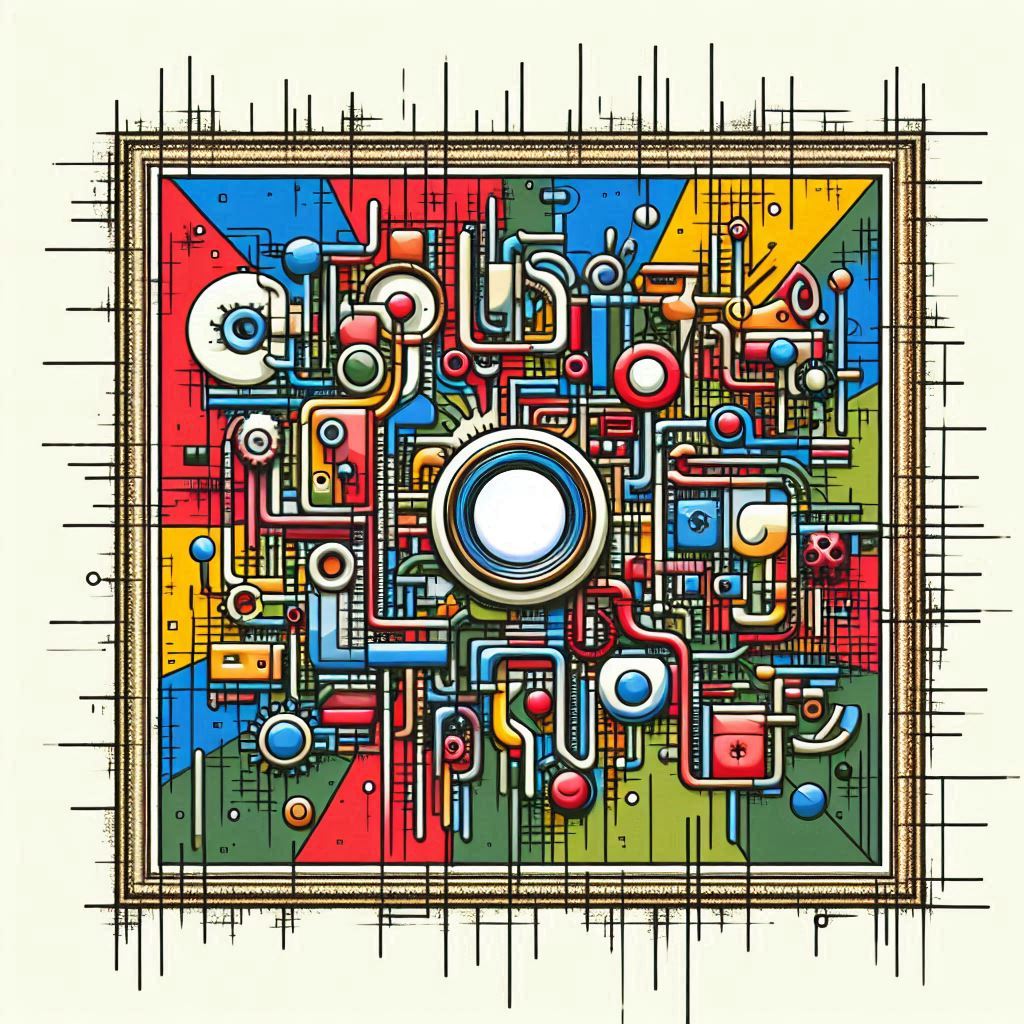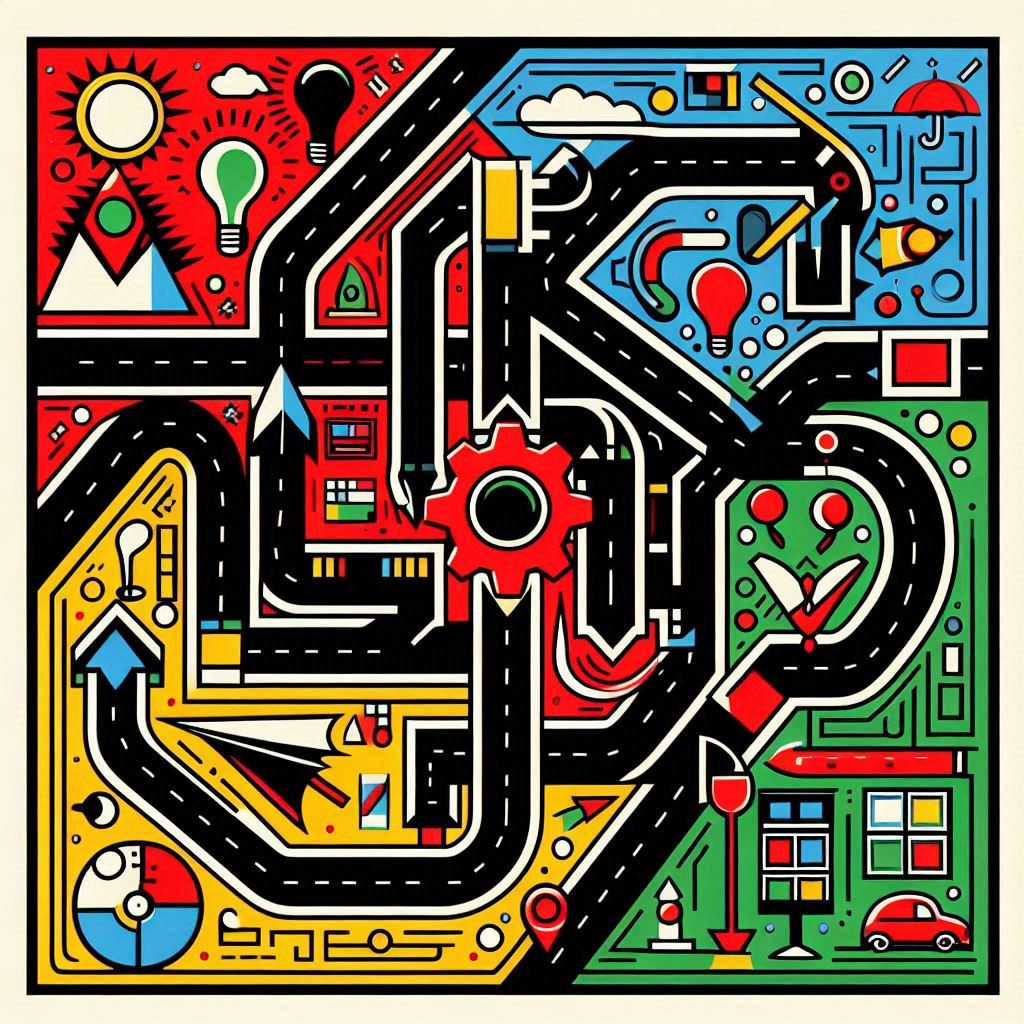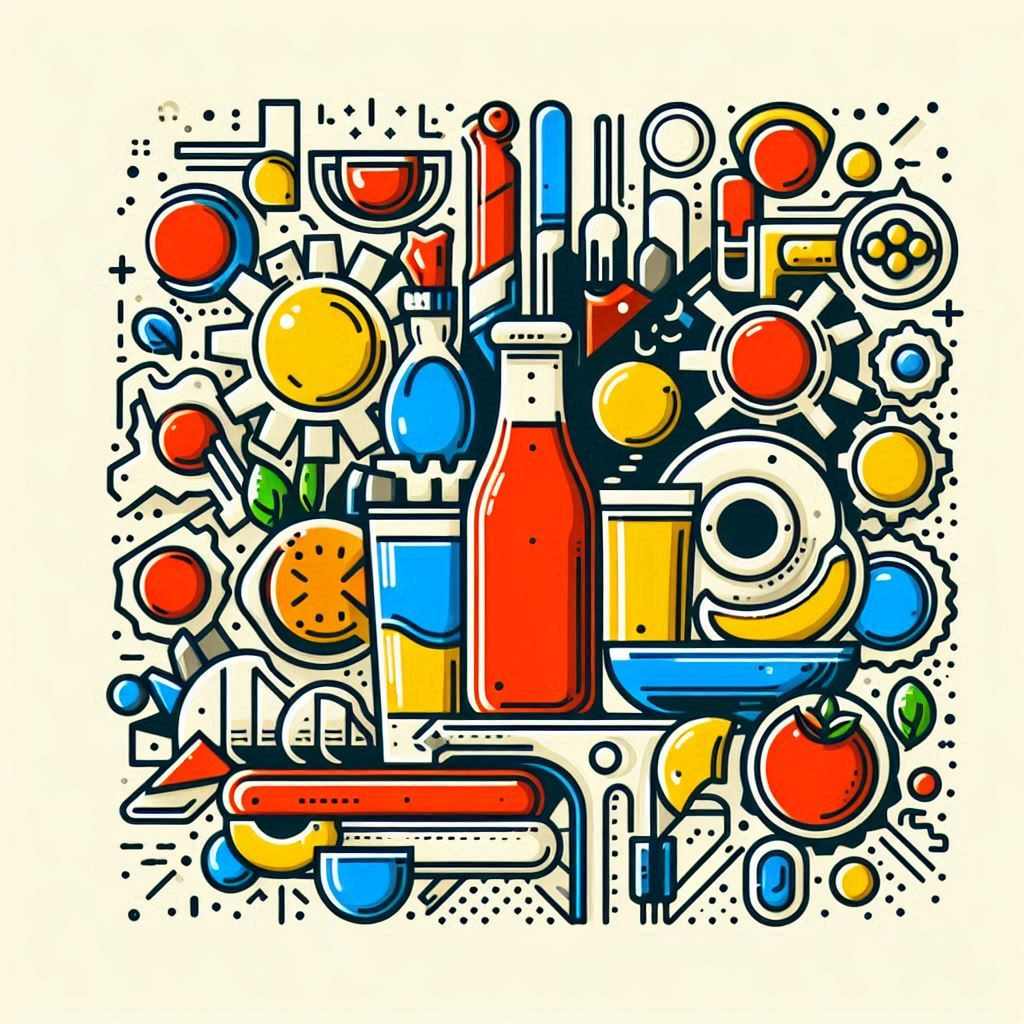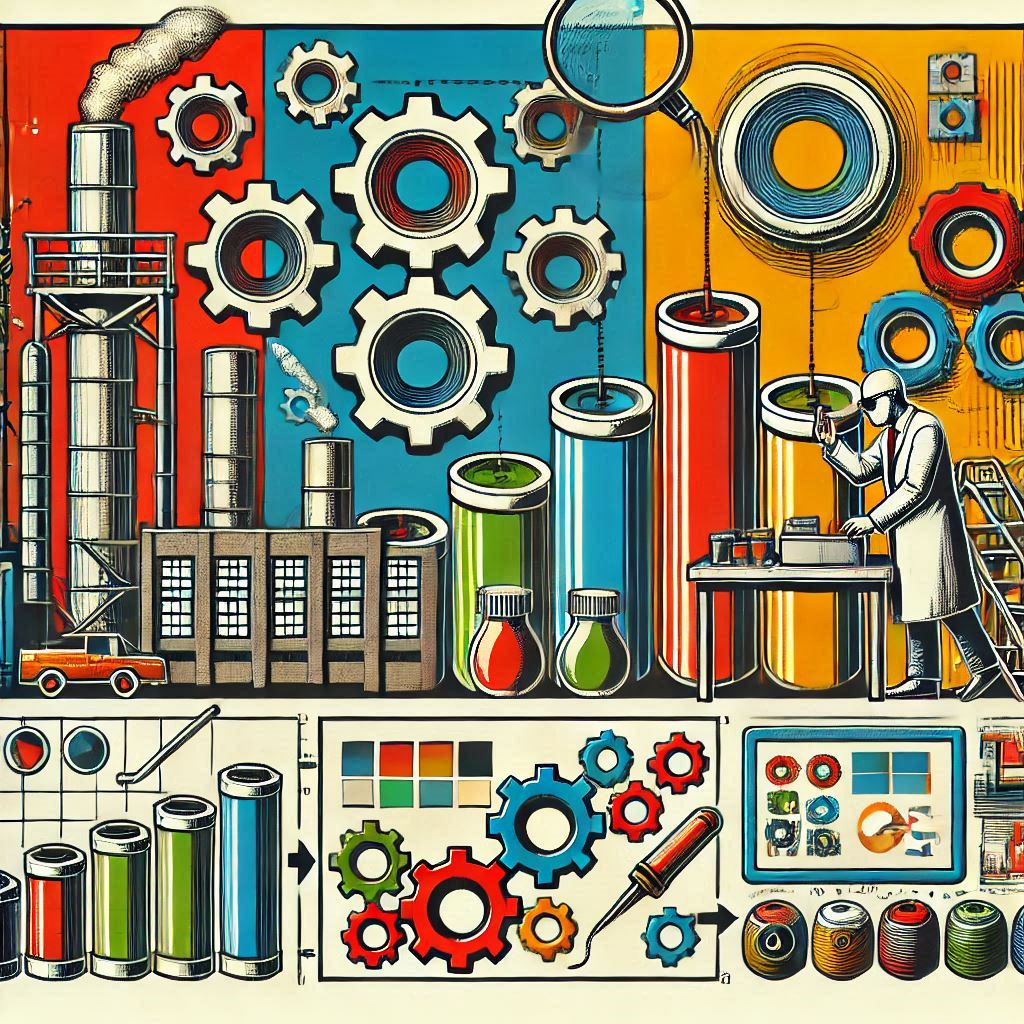Mastering the Art of Product Development: A Comprehensive Guide
This article provides insights into the complexity of product development by exploring the multifaceted process from inception to market launch. It offers practical tips for various stages of product development to help entrepreneurs and innovators navigate this challenging journey. The focus will be on understanding product development, unfolding its stages, examining the product development plan, exploring agile product development, and giving an in-depth view of the subject.
Understanding Product Development
The Key Role Players in Product Development
Product development entails various teams, including product management, development, engineering, and quality assurance, which work collectively to bring a product to life. For instance, in the fashion industry, the stages include designing, prototyping, sourcing materials, and, eventually, manufacturing. In contrast, the beauty industry focuses on formulating new products, testing for safety and efficacy, and aesthetic packaging.
Product development is a joint effort in which cross-functional teams collaborate to commercialize innovative products.
Unfolding the Stages of Product Development
Idea Generation

Idea generation is the initial stage of product development. This process involves exploring numerous concepts that align with market needs.
Additionally, studying consumer behavior, identifying market gaps, and developing unique designs/ingredients that cater to customer preferences are some of the activities involved. The main aim of idea generation is to lay the groundwork for creating unique and market-driven offerings. It helps companies ensure that their products meet customer needs and can compete in the market.
Executing Market Research

Market research is crucial for the successful development of a product. This process involves understanding customer needs and preferences, studying market trends, and evaluating competitors. It enables businesses to identify potential risks, make informed decisions, and ensure they can design products that meet customer demands while standing out from competitors.
Thus, market research provides valuable insights and helps businesses develop products that cater to market demands, ultimately helping them gain a competitive edge.
3 Step Roadmap to Product Development Plan
Beginning with a Comprehensive Product Vision

A robust product development plan commences with a clear product vision. This vision is a guiding principle that aligns everyone involved toward the same goal. Having established a product vision, the development team can focus on achieving this objective, contributing to the effective and efficient development process.
Crafting a Product Development Roadmap
Creating a Product Development Roadmap involves making a plan that unifies teams around shared objectives, establishes measurable goals, and prioritizes tasks with deadlines. A practical roadmap also allows for collecting and incorporating stakeholder feedback to continually enhance the product. A product roadmap is crucial in prioritizing objectives, visually communicating the product strategy, and securing organizational approval.
This agile planning helps deliver products quickly and in incremental improvement.
Implementing the Roadmap

Implementing the roadmap in the product development plan is critical to ensure that the product aligns with strategic goals. This step includes developing specific functionalities, organizing with cross-functional teams for a smooth development process, and routinely collecting feedback for iterative improvements. This strategy ensures a high-quality product that fulfills the market objectives.
Role of Product Roadmaps in Product Development
Product roadmaps are critical in product development. They help teams prioritize objectives and highlight plans effectively.
Product roadmaps also help communicate the product’s strategy visually within the organization. In Agile product development, roadmaps enable continuous improvement based on user feedback, facilitating quick product delivery.
Exploring Agile Product Development
Agile product development expedites product improvements. This process includes rapid improvements based on user feedback. For instance, development teams use roadmaps to prioritize and communicate their strategies. By adopting the agile planning method, potential challenges can be identified and addressed more quickly.
In-depth View of Product Development
Product development involves all the steps from conceptualization to launch and requires coordination between various company teams. The product roadmap is vital in this process as it helps prioritize objectives and visually communicates the development strategy. The agile product development methodology, which is based on user feedback, allows for quick product delivery.
Notably, each process stage must be carefully executed to launch a new product successfully.
Significant Insights on Agile Product Development
Agile product development allows for iterative improvements based on user feedback. Agile principles, applied in different industries, help deliver products swiftly. For instance, software development teams can use product development roadmaps to plan and communicate strategies effectively. This stage of product development involves iterative updates, constant feedback, and testing to ensure market alignment.
Stages of New Product Development
Creating a Functional Prototype
Creating a functional prototype is a crucial phase in product development. This working model showcases the product’s key features and functionalities, helping companies make necessary adjustments before full-scale manufacturing. By testing with a functional prototype, teams can pinpoint areas for improvement, leading to a successful product launch.
Refining Design and Integrating PCB Manufacturing and Assembly
In electronics, the transition from prototype to production involves a critical focus on refining the design and incorporating PCB manufacturing and assembly. At this stage, the product’s circuit boards are finalized, ensuring they meet all necessary standards for functionality and quality. Partnering with the right PCB assembly provider ensures that the product’s electrical components are assembled accurately and reliably before moving into full production.
Determining Costs and Identifying Production Partners
Determining costs and identifying competent production partners is integral to product development. Several factors, such as material cost, labor cost, and logistics, come into the picture. Partnering with a reliable production company ensures high-quality manufacturing, timely delivery, and product consistency.
Launching the Product
Launching the product involves introducing it to the market, which is done through various strategies like content marketing and social media. A successful launch will create awareness and interest among potential customers, leading to initial sales and product momentum.
Value of a Product Development Plan
A well-crafted product development plan ensures the team remains on track and focused on a shared goal. The plan encourages effective management and coordination across teams by assigning mini-goals and defining tasks for each stage. A streamlined plan helps companies meet customer demands, align with market trends, and ensure a successful launch.
Delineating Product Development and Product Management Methods
Product development involves bringing a product from concept to market, ensuring a shared product vision and mission, setting goals, prioritizing tasks, and establishing milestones. Meanwhile, product management centers around overseeing the product during the development phases. To achieve successful product development, it is crucial to understand the difference between development and management and how they contribute individually to the overall product journey.
Building a Minimum Viable Product
Building a Minimum Viable Product (MVP) is integral to the process. An MVP is the basic product version produced primarily to gather user feedback before rolling out the final product. Companies can save time and resources by focusing on essential functionalities and using an iterative approach while constructing a product that meets customer expectations.
Real-world Examples of Product Development
Fashion and Apparel Development Instances

Fashion and Apparel development showcases the product development process in practice. Designers conceptualize designs and validate them through focus groups or market research. They then create sample pieces to judge their fit in the market. Based on the feedback received and strategic goals, the designers iterate the product before releasing it to the market.
Notable Beauty and Personal Care Developments

Product development in the Beauty and Personal Care sector involves enhancing and introducing existing products. The iterative process addresses concerns like aging or dryness, designing innovative package designs for unique user experiences, and differentiating products in the market.
Food and Beverage Product Development

The food and beverage industry gives significant insights into product development. The process begins with identifying market needs and building a product roadmap. The product development plan includes defining goals, working methods, and areas of responsibility for each development stage. Following these steps diligently and preparing the groundwork will ensure successful product delivery to the market.
Manufacturing Product Development Process

In manufacturing, product development focuses on efficiency and quality. Engineers and designers create prototypes, testing components like PCBs to ensure performance and cost-effectiveness. Feedback drives improvements, optimizing products for mass production and market readiness.

Vizologi is a revolutionary AI-generated business strategy tool that offers its users access to advanced features to create and refine start-up ideas quickly.
It generates limitless business ideas, gains insights on markets and competitors, and automates business plan creation.


